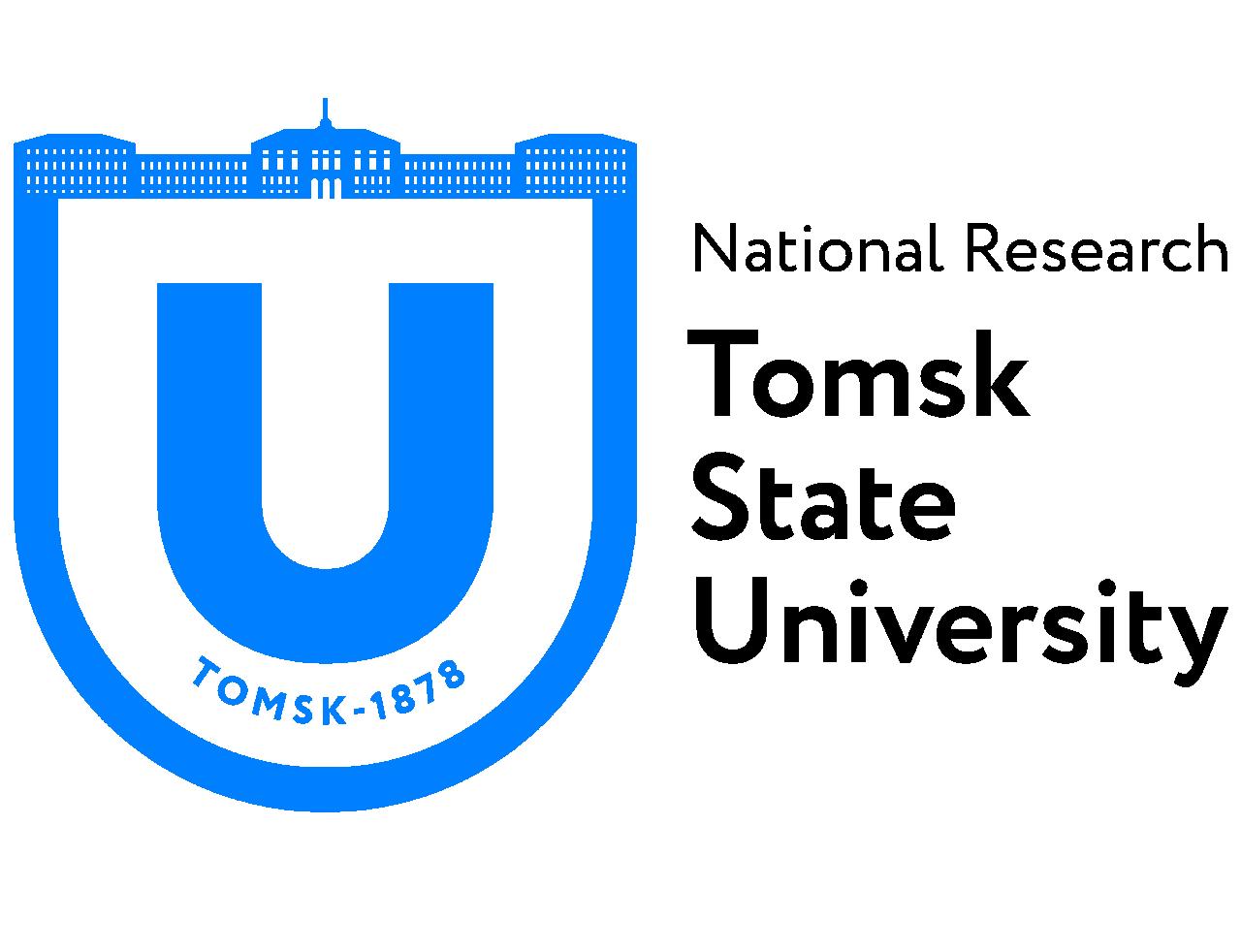Tomsk State University: An underwater holographic camera was tested in Baikal
Tomsk State University, in collaboration with the Limnological Institute of the Siberian Branch of the Russian Academy of Sciences, is testing an underwater holographic camera created at TSU.
The holographic camera is situated 5 meters deep underwater and transfers data in real-time to the data center. The camera gathers unique information about concentration, distribution by size, speed, shape, and orientation of each particle in the investigated volume in the natural habitat. To check and interpret these data, scientists collect samples of zooplankton manually every hour using a plankton net.
The camera is situated near an autonomous water quality profiler, Rinko AAQ-177 (JFE, Japan). The profiler measures pH, redox potential, dissolved oxygen concentration, temperature, chlorophyll, turbidity, salinity, and conductivity every ten seconds and transfers it in real-time mode. There are also water level and meteoparameter testing stations.
As the scientists explain, it is necessary to measure background environment parameters to study the phototropic response of plankton in the natural habitat in real-time. That is the end goal of the researchers from the TSU Laboratory of Radiophysical and Optical Methods for Studying the Environment. This reaction depends on the quality of the environment, which is why in the future scientists will be able to detect water pollution early based on the results.
At the moment, the station at the village Bolshiye Koty accommodates a high-tech system that can fully and frequently describe the variability of the biotic and abiotic parameters of Lake Baikal. Creating stations like this under the project “Digital Baikal” will significantly improve methods of monitoring the ecological state of the shallow water zone of the lake.

